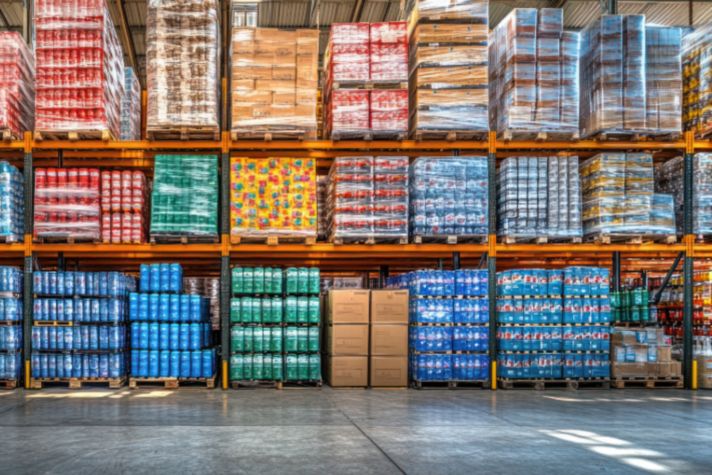-
Global
-
Africa
-
Asia Pacific
-
Europe
-
Latin America
-
Middle East
-
North America
- |
- BUSINESSES
- |
- Contact
- |
-
Global
-
Africa
-
Asia Pacific
-
Europe
-
Latin America
-
Middle East
-
North America
- |
- BUSINESSES
- |
- Contact
- |
You are browsing the product catalog for
You are viewing the overview and resources for
- News
- The Journey of a Return
The Journey of a Return
When shoppers take back purchases, the items can have a new life
March 24, 2019
Unsure if those shoes run small or whether that sweater looks better in beige or taupe?
If you’re like many online shoppers, you might order multiple sizes, colors or styles and plan to return what does not fit or work best.
But the process of returning an item can be a hassle – for consumers and retailers.
“Retailers are losing millions of dollars by having stranded inventory sit there behind the customer service counter,” said Karen Bomber, our director of retail strategy.
Technology company Optoro gives retailers ways to optimize returned goods. They say that most consumers – 87 percent – prefer to return items in store.
The Optoro software, compatible with Honeywell’s Mobility Edge mobile computers like the CT40 or CT60, prompts an employee processing the return to answer a few questions – most notably, is the item new?
Based on that information, Optoro’s algorithm decides where to route the return to the “reverse supply chain” to recover optimal value for that item.
The employee then sends a return on a new journey.
Return to shelf
An undamaged, new product can be put on the shelf for re-sale allowing a retailer to profit from a product that may have otherwise sat behind a counter in limbo. “From the consumer standpoint, it helps insure that returned items are there and available for sale,” Karen said.
Return to vendor
The return could be broken, missing an essential piece or have another issue that the manufacturer of the product needs to address. In those cases, the retailer may need to send the item back to a vendor or manufacturer.
Remarket
Another option is remarketing the item on a secondary marketplace. Optoro has its own remarketing channels, Blinq.com and Bulq.com, and can also plug into other secondary marketplaces, including Amazon, eBay and Jet.com.
Donate or recycle
If the retailer cannot profit from the return, then donating the item to charity could be the best option. In other situations, the product materials could be recycled to create new goods. Both options help prevent retailers from immediately throwing away returned goods, which helps reduce waste in landfills.
Copyright © 2025 Honeywell International Inc.




